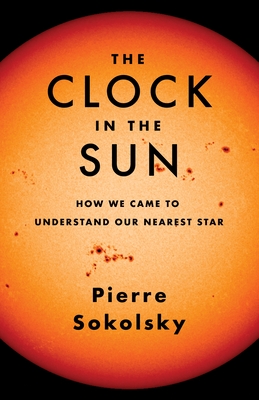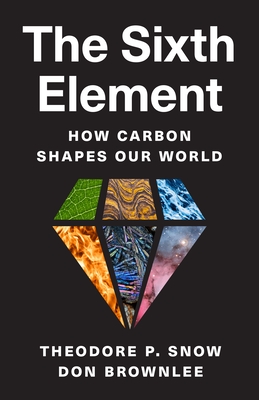
Sokolsky, Pierre
On the surface of the Sun, spots appear and fade in a predictable cycle, like a great clock in the sky. In medieval Russia, China, and Korea, monks and court astronomers recorded the appearance of these dark shapes, interpreting them as omens of things to come. In Western Europe, by contrast, where a cosmology originating with Aristotle prevailed, the Sun was regarded as part of the unchanging celestial realm, and it took observations through telescopes by Galileo and others to establish the reality of solar imperfections. In the nineteenth century, amateur astronomers discovered that sunspots ebb and flow about every eleven years--spurring speculation about their influence on the weather and even the stock market.
Exploring these and many other crucial developments, Pierre Sokolsky provides a history of knowledge of the Sun through the lens of sunspots and the solar cycle. He ranges widely across cultures and throughout history, from the earliest recorded observations of sunspots in Chinese annals to satellites orbiting the Sun today, and from worship of the Sun as a deity in ancient times to present-day scientific understandings of stars and their magnetic fields. Considering how various thinkers sought to solve the puzzle of sunspots, Sokolsky sheds new light on key discoveries and the people who made them, as well as their historical and cultural contexts. Fast-paced, comprehensive, and learned, The Clock in the Sun shows readers our closest star from many new angles.member goods
notems store
listens & views

BEETHOVEN: SYM PASTORALE (CONTE POUR ...
by BEETHOVEN / BOUQUET / TOPART / LE PETIT MENSTREL
COMPACT DISCout of stock
$10.99






